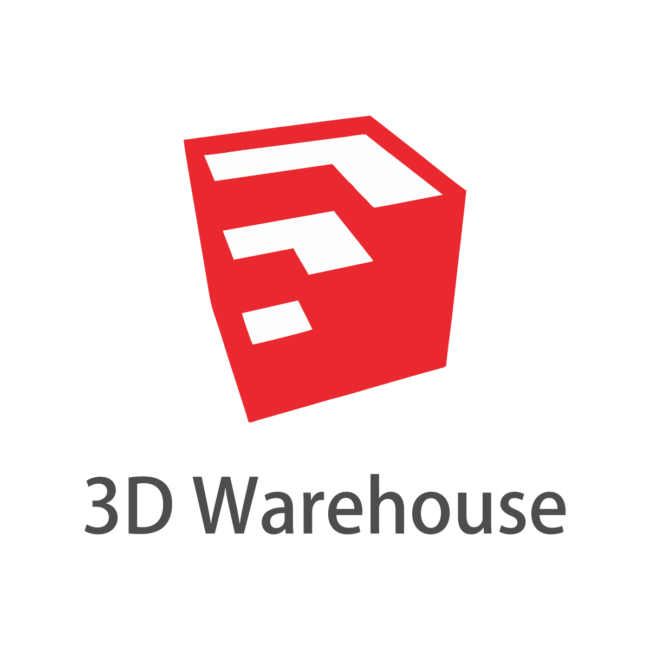
Problems that solves
High costs of routine operations
Insufficient risk management
Low speed of report generation
Unstructured data
Values
Support Decision Making
Reduce Production Timelines
Manage Risks
Improve Product Quality
Social Responsibility
Legion Simulator
Simulate People Movement and Test Space Performance to Deliver Fit-for-Purpose Infrastructure
About Product
Description
Simulation Software
Generate simulations with predictive capacity across a wide range of scenarios and explore how pedestrians and crowds interact with infrastructure. Perform virtual experiments on the design and operation of a site and assess the impact of different levels of pedestrian demand. With sophisticated modeling, analysis, and presentation capabilities for projects ranging from airports to train stations to sports venues, LEGION Simulator helps enhance pedestrian flow and improve safety by allowing the users to test evacuation strategies at any point of the simulations. Scientifically Validated: Based on extensive scientific research of pedestrians’ behavior in real contexts. Algorithms are patented, and simulation results have been validated against empirical measurements and qualitative studies. Interoperable: Integrate with other applications to understand interaction among pedestrians and vehicles and individuals' reaction to temperature and other variables. Accurate Reporting: Export and report clear outputs via maps, graphs, and videos to accurately inform stakeholders about crowd density, evacuation, space utilization, social cost, and preferred paths over time.Capabilities
- Analyze Simulations
- Record and Playback Simulations
- Simulate Movement
- Visualize Simulations
Scheme of work














